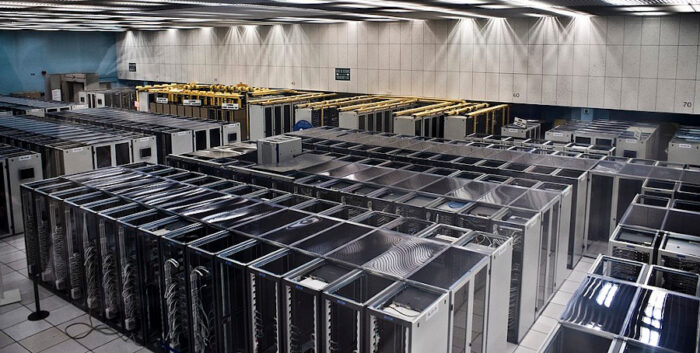Uptime Institute’s survey shows that corporations are taking a hybrid approach, but that on-premises data centers remain the mission critical centerpiece of their IT environment. Following on-prem in importance are colocation facilities and public cloud.

This is the final of a six-part series focused on Uptime Institute’s Global Data Center Survey 2024.
The on-premises corporate data center is still very much a part of the data center scene, according to Uptime Institute’s Global Data Center Survey 2024, and it’s not expected to go anywhere in the near future. During an online briefing about the survey, Uptime’s executive director of research Andy Lawrence said that the main reason the survey even asks about on-premises is because of the perception that on-prem corporate data centers are dying.
“We began it, I think it was 2018 maybe earlier, partly because people were saying the corporate data center was basically dying and we wanted to find out if it was true, and if so to track at what speed that was happening,” he said. “I think one of the things this has shown is it is is not dying.”
He also pointed out that the question about on-premises data centers — “What percentage of your organization’s total IT would you describe as running in the following environments today versus in two years from now?” — doesn’t delve into enough detail to offer much in the way of a scientific measure.
“We just ask people to ‘divide up your workload and tell us where you think most of it is sitting,'” Lawrence said. “We don’t ask them to say in megawatts, transactions, storage, or anything like that. It was just for a guide.”
That being said, the survey indicates that the corporate world is still running the vast majority — 45% — of their workloads on-prem. The numbers are trending down, however. In 2020, operators said that 58% of their IT was on-prem and they predicted that by 2026 that number will be 42%. That doesn’t necessarily mean that their on-prem data centers will be getting smaller or less important to their operations. In fact, just the opposite, according to Lawrence.
“It’s actually very much a hybrid picture for corporate IT for business,” he said. “The workloads are in all kinds of places. They’re in software as a service, they’re in hosted, they’re in cloud, and significantly in the corporate data center, to the point that the overall workloads have increased. The amount of processing that’s been done in corporate data centers has gone up.”
Lawrence further pointed out that although on-prem’s use percentage has shrunk when compared to other multi/hybrid cloud modalities, “It has not shrunk as dramatically as many analysts and observers forecast.”
At 18%, colocation data centers immediately follow on-prem in the survey. Lawrence pointed out that actual use of colo might be even higher than the numbers indicate.
“Remember that some of the hosted and cloud workloads are also in colos, so probably the true amount of work in colos is probably in the mid 20s percent, so the colos are a very significant part of the overall mix,” he said. “I speculate that could be one reason why the overall resiliency has gone up, because it is probable that colos are more diligent in that area than some of the enterprises.”
Christine Hall has been a journalist since 1971. In 2001, she began writing a weekly consumer computer column and started covering Linux and FOSS in 2002 after making the switch to GNU/Linux. Follow her on Twitter: @BrideOfLinux



